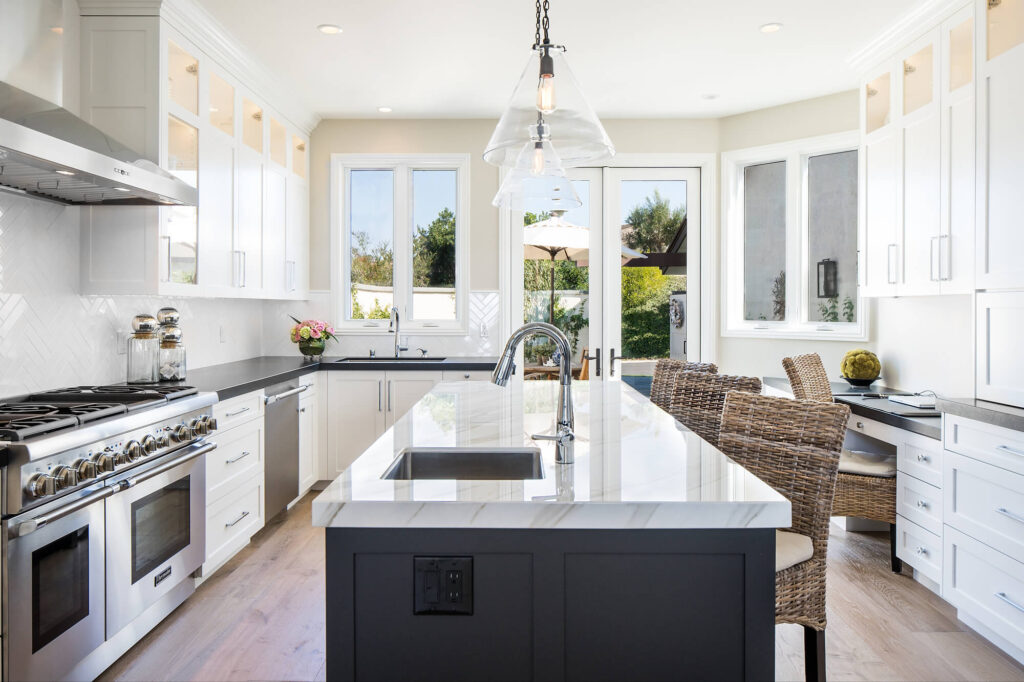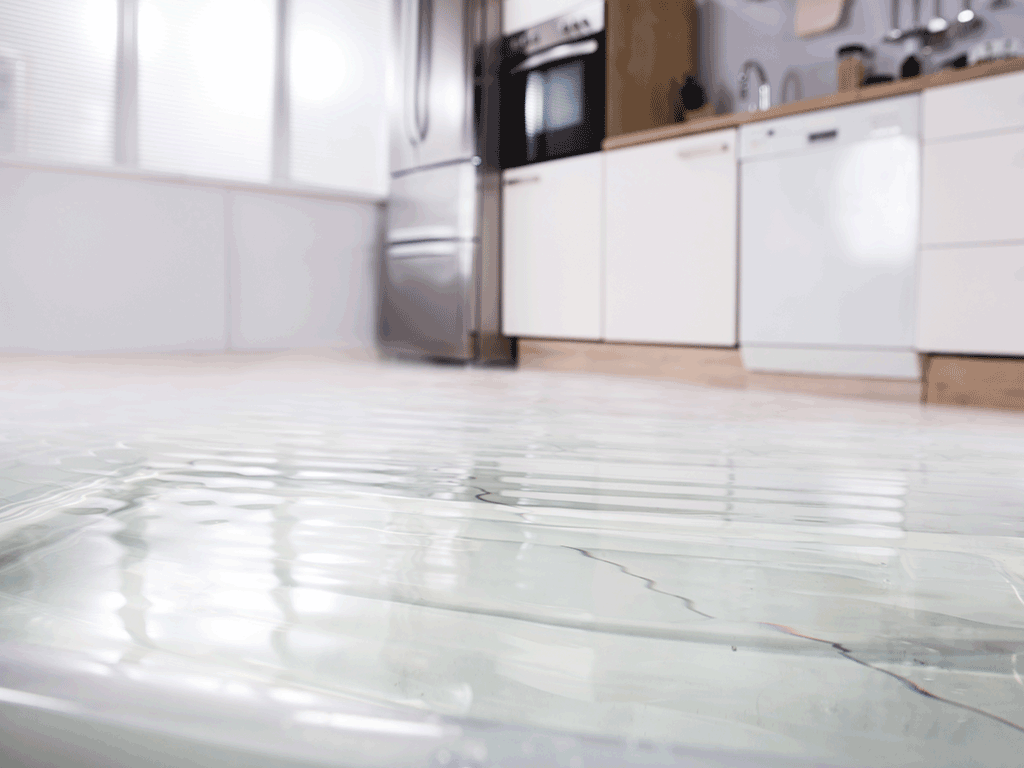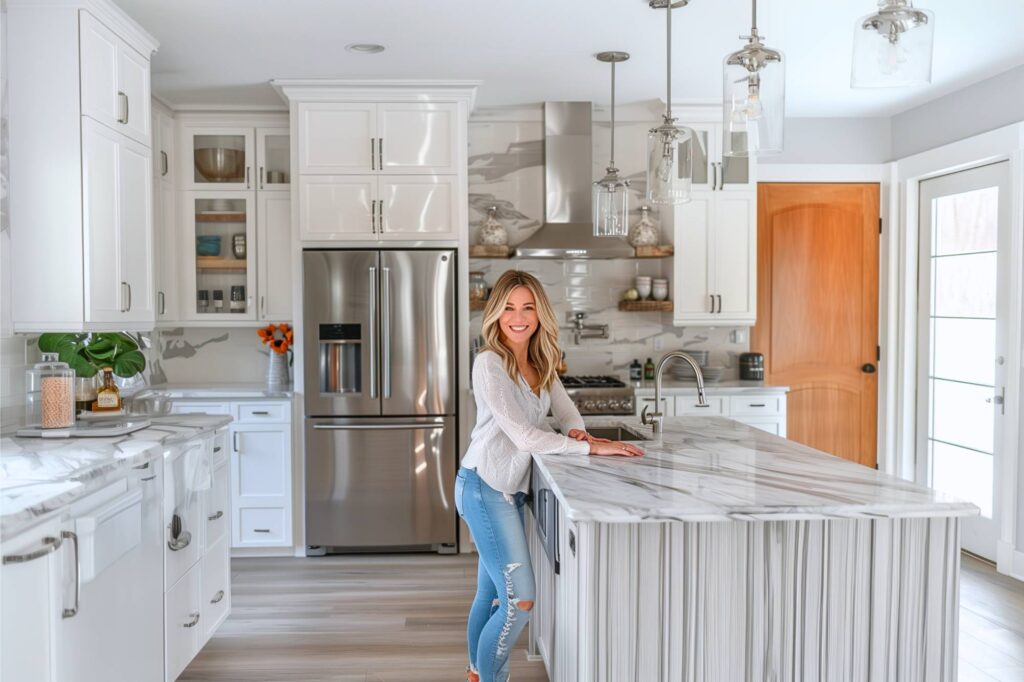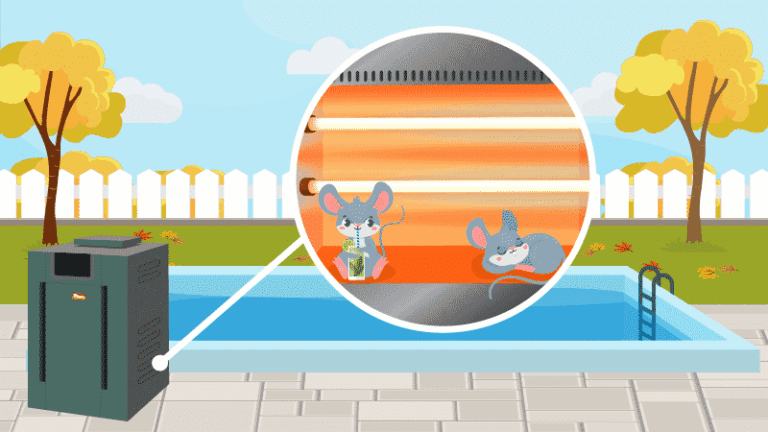A kitchen serves as more than just a room for preparing meals; it’s the heart of the home where memories are forged over shared dinners and breakfast gatherings. However, as tastes and needs evolve, many homeowners find themselves haunted by the signs they need a new kitchen.
They may cling to the familiar, fearing the disruption of a remodel. Yet, the joy of cooking often diminishes alongside dated appliances and cramped spaces. Boldly addressing these needs can transform not only the kitchen’s functionality but also its style, making it a modern upgrade that reflects the family’s lifestyle.
Recognizing the urgency behind these signs can be the first step toward enhancing both daily life and the home’s value.
Key Takeaways
- The kitchen is central to home life and functionality.
- Outdated appliances are a clear indication of needing a remodel.
- A lack of adequate workspace can hinder cooking and enjoyment.
- Embracing a renovation can significantly boost property value.
- Identifying personal needs is crucial for modern upgrades.
Understanding the Need for a Kitchen Remodel

Recognizing the need for kitchen remodeling is key to responding effectively to evolving lifestyles. As families grow and change, their requirements shift, necessitating adjustments to their home environments.
This adaptability may stem from welcoming children, supporting elderly family members, or transitioning to an empty nest stage. Each scenario brings its own demands, impacting kitchen layout and functionality.
Your Changing Needs
The influence of changing needs on kitchen design is significant. Increasingly, homeowners value open spaces that facilitate family bonding and social gatherings. A kitchen that accommodates casual meals at an island or integrates with the living area enhances interaction among family members and guests.
Professionals acknowledge that remodeling that addresses these modern preferences can transform a space, improving overall quality of life.
Lack of Storage and Prep Space
Inadequate storage remains a prevalent concern for many households. Limited cabinets and counter space can hinder kitchen efficiency. An effective kitchen remodel strategically incorporates additional storage solutions.
Implementing innovative designs like pull-out shelves or built-in organizers can optimize space, allowing for effortless meal preparation. Adeptly using vertical spaces maximizes storage, creating a functional and user-friendly environment.
Appliance Efficiency
Outdated appliances contribute significantly to energy inefficiency and more considerable running costs. A remodel represents an opportunity to invest in modern, energy-efficient appliances.
These upgrades not only enhance the overall aesthetic but also improve efficiency. New technology offers features that simplify cooking and cleanup, easing the burden of daily food preparation. Selecting appliances that align with the layout can boost functionality drastically.
| Appliance Type | Old Model Efficiency | New Model Efficiency |
| Refrigerator | Energy Star Rating: 2.0 | Energy Star Rating: 4.0 |
| Oven | Energy Usage: 300 kWh/year | Energy Usage: 160 kWh/year |
| Dishwasher | Water Usage: 6 gallons/cycle | Water Usage: 4 gallons/cycle |
Investing in a remodel can profoundly impact not only the appearance of a home but also its practicality. Through careful planning and consideration of personal needs, one can create a space that is both aesthetically pleasing and highly functional.
Signs You Need a New Kitchen
Identifying the need for a kitchen renovation often revolves around specific signs that indicate deeper issues. Homeowners should be aware of various factors affecting their space, including functional layout problems and an outdated style. Addressing these concerns can significantly improve not only the kitchen aesthetics but also the overall experience of cooking and entertaining.
Functional Layout Issues
Inefficient layouts can disrupt daily activities. When key areas like the stove, sink, and refrigerator are poorly positioned, cooking becomes cumbersome. The flow of movement is critical in a kitchen, and any obstacles disrupt the rhythm of meal preparation.
This is particularly noticeable in older homes where the design may not accommodate modern living patterns, making hosting gatherings challenging.
Outdated Style and Aesthetics
An outdated style can detract from the room’s aesthetic appeal. If the kitchen feels stuck in a previous decade, it often lacks the warmth and functionality needed for today’s lifestyle. Upgrading to a fresh design not only revitalizes the space but can also enhance the home’s value.
Homeowners often desire a kitchen that reflects current trends and personal taste, rather than one that feels outdated.
Water Damage and Other Structural Concerns

Water damage represents a serious issue for kitchens, leading to mold growth and structural integrity problems. Signs of water damage may include peeling paint, warped cabinets, or persistent odors.
Ignoring these indicators can result in more extensive damage and costly repairs down the line. Addressing water damage promptly is crucial, ensuring a safe and functional environment within the kitchen.
Conclusion
Understanding the indicators of a needed remodel allows individuals to take proactive steps in creating a kitchen that perfectly suits their personal style and functional requirements. By recognizing the signs for remodeling, they can turn their kitchen into a beautiful and practical space that serves as the heart of the home.
No one should hesitate to embark on a journey of modern upgrade. A well-executed kitchen renovation can lead to a functional, visually appealing, and safe environment that enhances daily living and welcomes family and friends alike.
FAQ

What are the signs that indicate I need a new kitchen?
Common signs that suggest a remodel is necessary include outdated appliances, worn-out cabinets, inadequate storage, an inefficient layout, water damage, deteriorating countertops, a lack of functionality, energy inefficiency, and a cramped space. Recognizing these indicators can lead to a more enjoyable and efficient cooking environment.
How can an inefficient kitchen layout impact my daily life?
An inefficient layout can significantly disrupt daily routines. When critical elements like the stove, sink, and refrigerator are poorly positioned, meal preparation can become cumbersome. This can also hinder hosting and entertaining guests, making it crucial to assess the flow of the room for optimal functionality.
Why is it important to address outdated appliances?
Outdated appliances not only compromise kitchen efficiency but also contribute to increased energy costs. Upgrading to newer, energy-efficient models can enhance the kitchen’s functionality while providing significant savings on utility bills in the long run. This ultimately adds to the overall value of the home.
How does the condition of my kitchen affect my property value?
A well-maintained and modernized kitchen can significantly increase property value. Potential buyers often look for updated or functional kitchens, so addressing factors like water damage, deteriorating countertops, and a lack of storage can make your home more appealing in the real estate market.
Can a kitchen remodel accommodate changing family dynamics?
Absolutely! As family needs evolve—whether welcoming children, caring for aging parents, or adjusting to an empty nest—remodeling can create a space that accommodates these changes. Whether it’s incorporating more seating, improving storage, or facilitating easier meal prep, a remodel ensures the kitchen remains a functional heart of the home.







